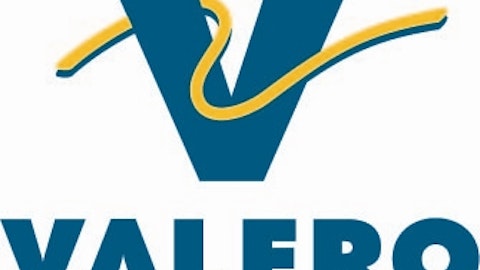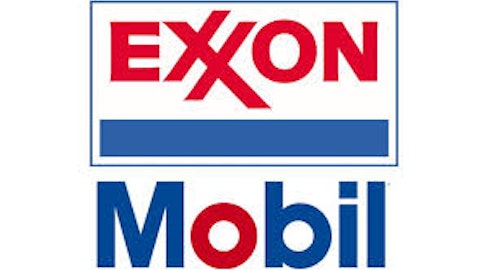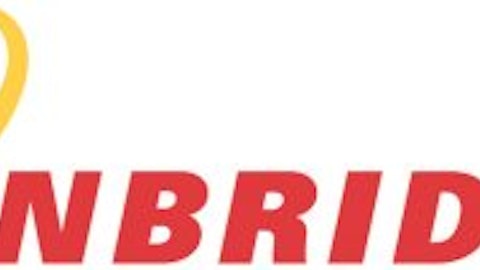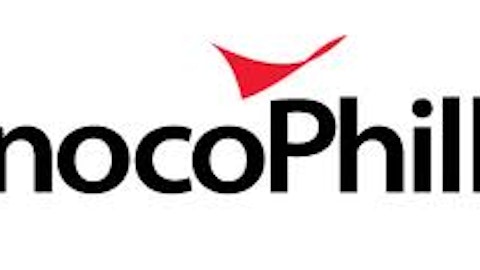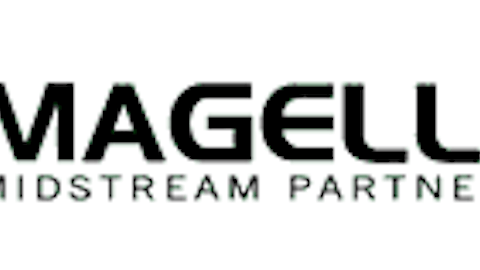U.S. refiners were among the biggest winners last year, with many of the country’s largest independent refining and marketing firms posting share-price gains in excess of 50%. The solid performance has attracted scores of investors, many of whom are wondering if such gains can be replicated this year. To figure that out, let’s take a closer look at three key factors driving profitability among U.S.-based refiners.
1. Cheap American oil
For the better part of the past two decades, U.S. crude oil production was thought to be in secular decline. From almost 9 million barrels per day in 1985, domestic production slipped to just 5 million barrels per day in 2008. But then something happened, which changed all that in a hurry.

Shale drilling turned out to be quite successful, with some plays putting up astounding initial production rates. From its 2008 low of 5 million barrels per day, U.S. production saw a steady uptrend, reaching nearly 5.7 million barrels per day in 2011. Going forward, the trend is likely to continue, with tight oil and other unconventional sources accounting for a larger share of total domestic production.
As production has ramped up, the price of West Texas Intermediate, or WTI — the American benchmark — has edged lower. WTI currently trades at roughly $20 per barrel less than Brent, the global crude oil benchmark. This has provided American refiners with a massive competitive advantage over their foreign counterparts, as well as over their peers on the East Coast.
For instance, Valero Energy Corporation (NYSE:VLO) recently terminated all imports of foreign crude to its Memphis and Gulf Coast refineries, instead opting for cheap crude flowing from the Eagle Ford shale and Canada. Tesoro Corporation (NYSE:TSO) , another large independent refiner, has two refineries in the mid-continent — one in Utah and one in North Dakota — that continue to benefit from their access to cheap crude feedstocks.
And Marathon Petroleum Corp (NYSE:MPC) is looking for even cheaper oil and has its eyes set on a heavy crude from north of the border. The company’s Detroit refinery, which recently upped its capacity, is seeking to capitalize on rising volumes of dirt cheap heavy crude — currently trading at a staggering $30 discount to WTI — from Canada’s oil sands.
2. Strong demand for refined product
At first glance, the demand side of the refining equation appears to pose a challenge. For one, U.S. demand for gasoline peaked in 2005 and has since been in general decline. Looking ahead, more stringent standards on vehicle fuel efficiency and biofuel blending are poised to take effect, which, combined with changes in the age and driving practices of American drivers, suggest that flat or declining domestic gasoline demand is here to stay.
